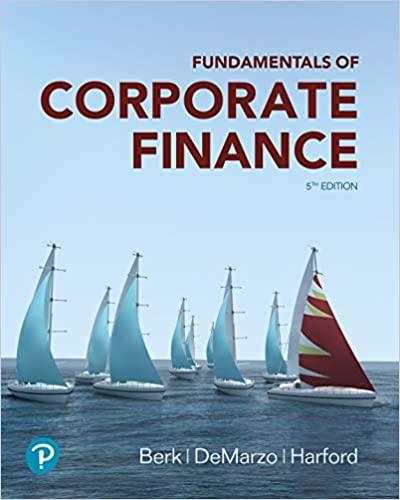Question
Scenario : Mrs. Martin wants to set aside money for her daughters future college education. She will deposit money into an education-specific savings account (529
Scenario : Mrs. Martin wants to set aside money for her daughter’s future college education. She will deposit money into an education-specific savings account (529 Plan) that she expects to pay 8% per year, compounded annually. Mrs. Martin plans to deposit $1,000 one year from now, $1,500 two years from now, $2,000 three years from now, and this pattern will continue for a total of 18 years (and 18 deposits). This is an example of a linear gradient where A = 1000 and G = 500 .
a) How much money will Mrs. Martin have saved for her daughter's college education at the end of the 18th year?
b) Mrs. Martin will pay tuition for her daughter at the end of the 19th, 20th, 21st, and 22nd years. Mrs. Martin wants to withdraw an equal (constant) amount from the education savings account at the end of each of the four years to pay for these expenses. What constant amount will Mrs. Martin be able to withdraw at the end of the 19th, 20th, 21st, and 22nd years to pay for her daughter’s tuition expenses?
Step by Step Solution
There are 3 Steps involved in it
Step: 1
a Amount Saved at the End of 18th Year Recognize the Arithmetic Series This scenario represents an a...
Get Instant Access to Expert-Tailored Solutions
See step-by-step solutions with expert insights and AI powered tools for academic success
Step: 2

Step: 3

Ace Your Homework with AI
Get the answers you need in no time with our AI-driven, step-by-step assistance
Get Started


